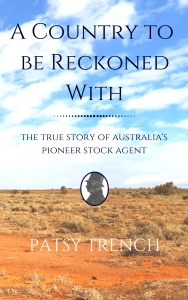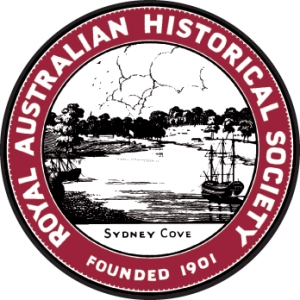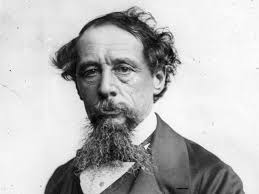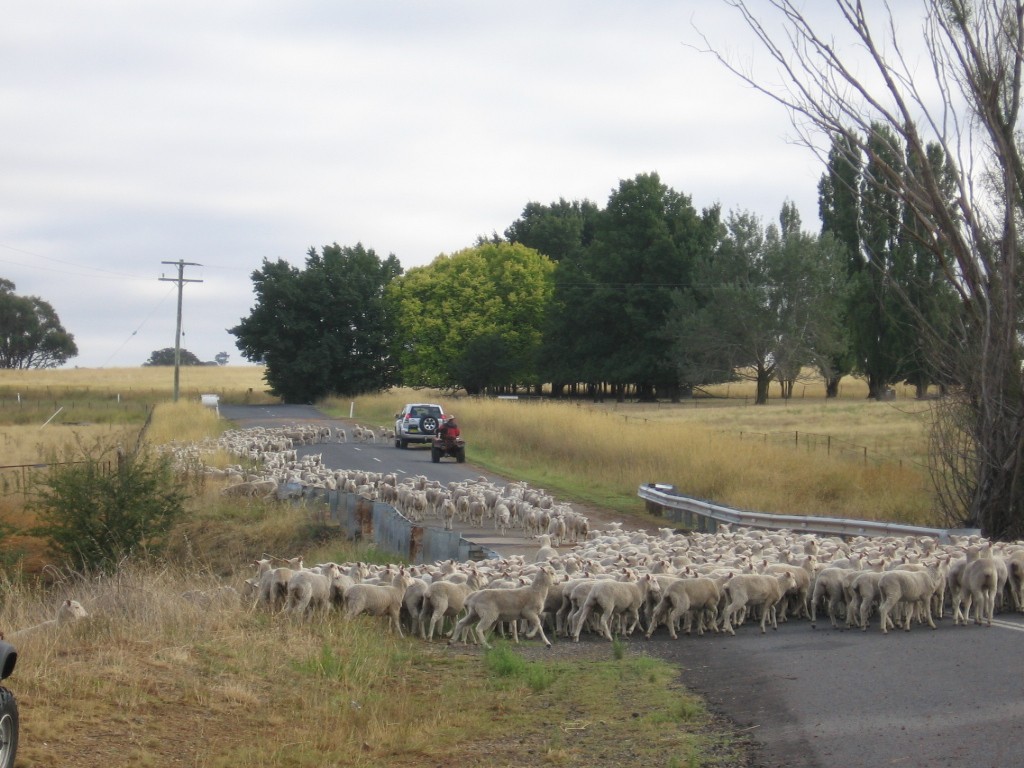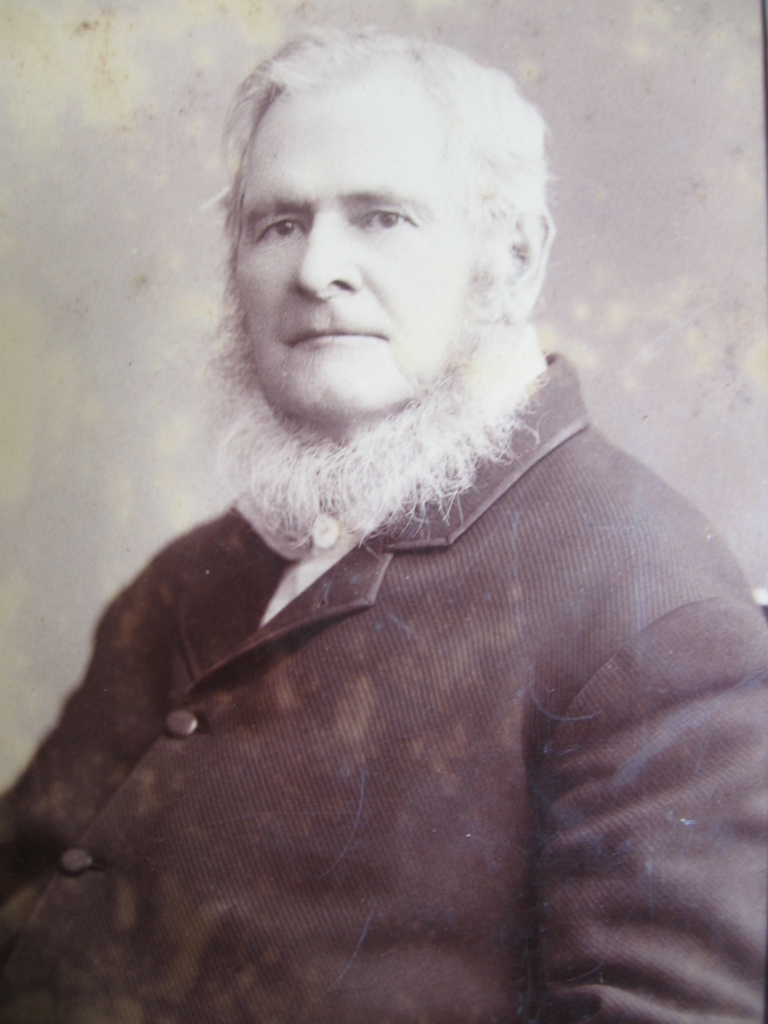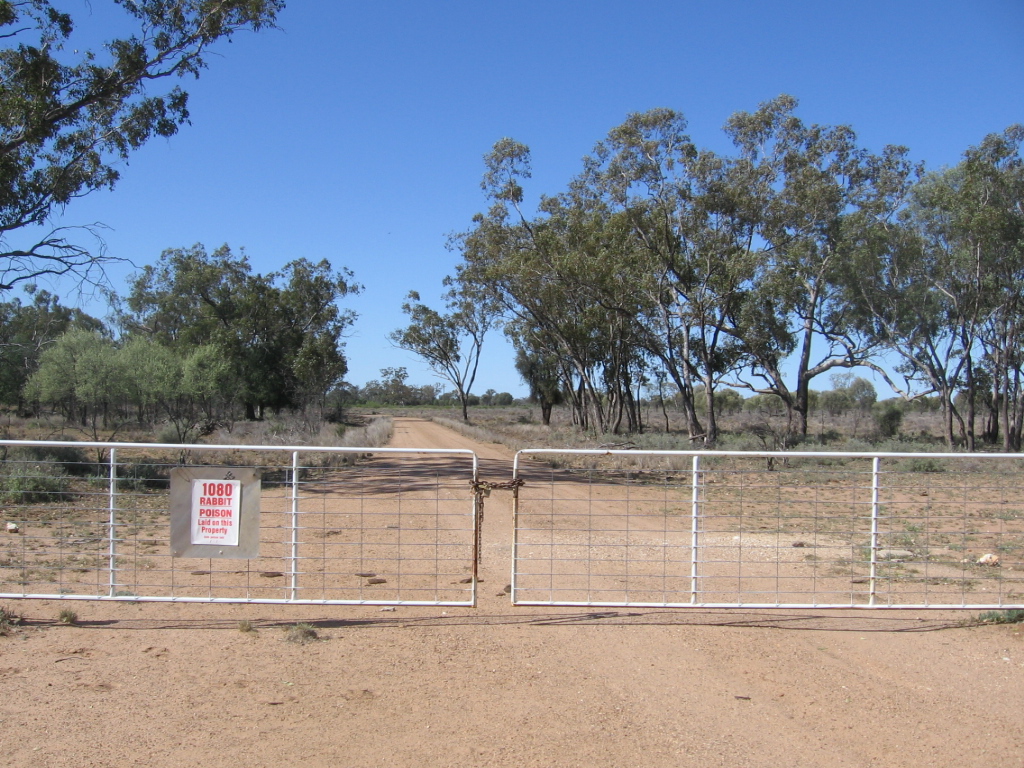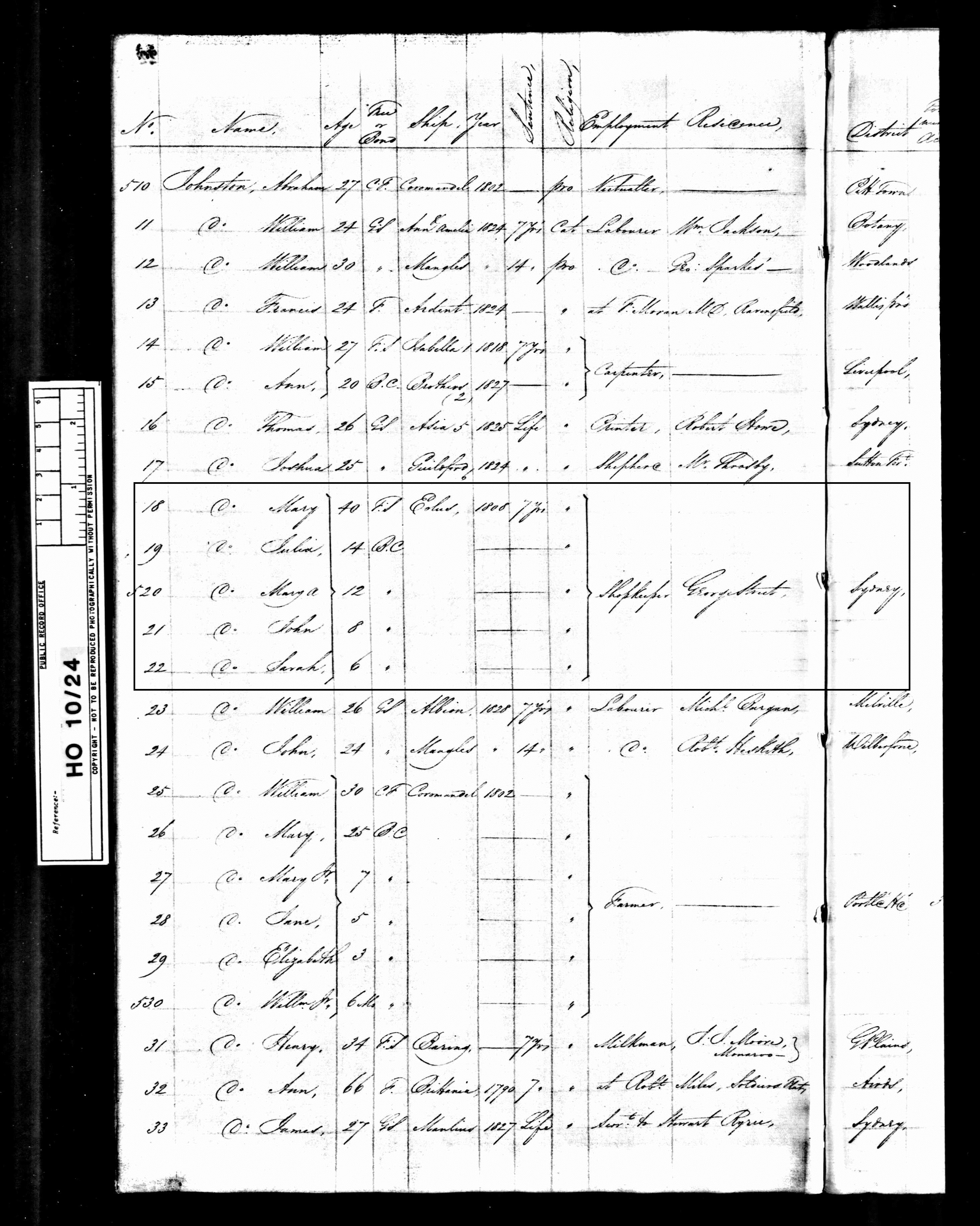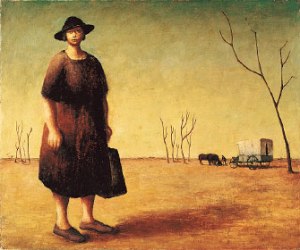In my case, it was like the 11 bus – you wait and wait and then two come along at once.
I have to confess first off that not only have I never had a book launch before, I have never even attended one.
Now I am Australia for two launches of my latest book about my Australian family history, A Country To Be Reckoned With, arranged by, respectively, a friend, fellow writer and self-made entrepreneur Michael Burge, and the Hawkesbury Historical Society.

Michael and Richard Moon, silversmith and jeweller, have transformed a local shop in their nearby town of Glen Innes into a spanking new workshop cum gallery cum what they term an “artisans’ marketplace”. I was invited there to be interviewed about my latest book in front of a full, friendly and highly engaged audience – the first of many similar events planned to take place over the coming months. For more details on this remarkable enterprise take a look at the Makers’ Shed Facebook page.
The second launch took place in the Hawkesbury Museum in Windsor – a daunting prospect, as I was fully aware the majority of attendees were long-term Hawkesbury residents who were many times more au fait with the region’s history than I could ever be. In the event, having declared my status as a London-based Pom who’d spent several years researching not just local but colonial Australian history in general, I received nothing but appreciation and generosity from the assembled audience.

What I learned:
In advance I emailed the friendly people at ALLi for helpful hints for a successful book launch, and their responses proved very useful.
- Make it entertaining. Crack a few jokes if possible.
- If you are going to read from your book, keep it short. I read the opening chapter, two pages, and it seemed plenty long enough.
- If you have to use notes, try not to keep looking down at them. Eye contact is so important when addressing a roomful of people. Make bullet points if necessary, otherwise try to speak off the cuff. It’s more important to connect with your audience than it is to include every single item you have on your list of Things to Say.
- Show enthusiasm. Tell people what it was spurred you to write the book, what excited you about its subject matter – and hopefully still does.
- Keep your talk on the short side, and if you can, elicit responses from the audience – either during and/or after the talk. The more they are invited to participate the more likely they are to pay attention.
- If you are using PowerPoint, or projecting images in some way, remember their focus will switch from you to the screen. So if you want them to keep looking at you insert the odd blank page into your presentation.
- Enjoy it, if you possibly can. If you feel nervous, don’t be afraid to say so.
- Again, above all else try to make it fun, for yourself and for everyone else. If you forget something, or repeat yourself, don’t let it put you off your stride.
I followed these hints and it worked better than I thought it would. I was extremely nervous beforehand, but I started off on both occasions with a bit of a joke, and that set the scene and told the audience it was okay to laugh. I realised in both cases there were Important Things I forgot to say; but they were only important to me.
Thank you to Heather and Richard Gillard at the Hawkesbury Historical Society and to Michael Burge at The Makers’ Shed for giving me the opportunity. Here’s to the next time!
~~~~
Attention independent authors: The High Country Book Club is looking for high quality indie-published books to feature at The Makers’ Shed. Full details are on their Facebook page.
Patsy Trench
December, Australia

